News
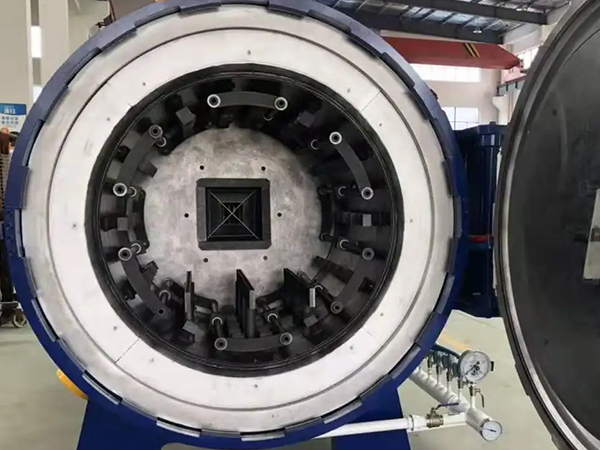
Vacuum furnace graphite is a high-quality high-temperature graphite material with excellent high-temperature stability, corrosion resistance and thermal conductivity. This article will introduce in detail the characteristics, application range and manufacturing process of vacuum furnace graphite.
1. Characteristics of vacuum furnace graphite
High-temperature stability: Vacuum furnace graphite can maintain stable physical and chemical properties at high temperatures, so it can maintain excellent performance during high-temperature processing and manufacturing.
Corrosion resistance: Vacuum furnace graphite has good corrosion resistance and can be used in a variety of corrosive environments.
Good thermal conductivity: Vacuum furnace graphite has excellent thermal conductivity and can effectively transfer heat, making the heating and cooling process more uniform.
2. Application scope of vacuum furnace graphite
High-temperature heating: Vacuum furnace graphite is widely used in high-temperature heating fields, such as high-temperature smelting of steel, ceramics and non-ferrous metals.
Metal smelting: Vacuum furnace graphite can be used for smelting steel, aluminum, copper and other metals to improve metal quality and output.
Glass manufacturing: In the glass manufacturing process, vacuum furnace graphite is used as a refractory material, which can withstand high temperatures and corrosion to ensure glass quality.
3. Manufacturing process of vacuum furnace graphite
Raw material selection: The raw materials for manufacturing vacuum furnace graphite are mainly high-quality petroleum coke, pitch coke and vapor-phase grown carbon.
Production process: First, the raw materials are crushed and ground, then a binder is added for shaping, and finally roasted in a high-temperature furnace.
Quality control: During the production process, various process parameters need to be strictly controlled to ensure product quality.
4. Conclusion
Vacuum furnace graphite is widely used in high-temperature heating, metal smelting, glass manufacturing and other fields due to its unique high-temperature stability, corrosion resistance and thermal conductivity. With the continuous advancement of science and technology, the application prospects of vacuum furnace graphite will be broader.
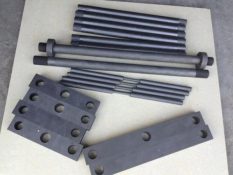
Apr 02,2024
Advantages of vacuum furnace graphite productsThe application of vacuum furnace graphite products in vacuum furnace is indeed very extensive and important, they are not only used as heating elements and heat insulation screen, but also used to manufacture mechanical structural parts, such as support, tray, guide rail, greatly promote the development of vacuum furnace technology and the expansion of the…
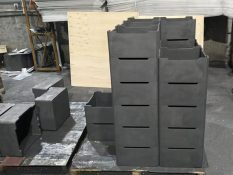
Apr 02,2024
Maintenance knowledge of negative material saggerThe sagger of negative electrode material is an important tool used to protect, support and transport negative electrode materials during battery manufacturing. Proper maintenance is essential to ensure the service life of the sagger and improve the manufacturing efficiency and quality of the battery. This article will provide you with detailed knowledge about the maintenance…
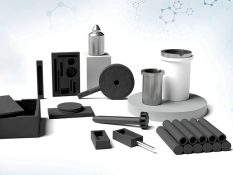
Nov 16,2023
What are the characteristics of the graphite mold market?First, the market competition is fierce In recent years, due to the rise of emerging graphite mold producing countries and the substantial increase in the output of graphite mold products in developing countries, the total output of graphite molds in the world has increased significantly, and the competition in the graphite mold market has become…
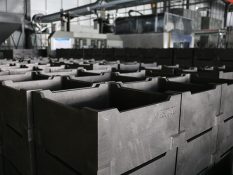
Nov 15,2023
Criteria for selecting negative electrode material sagger: importance and strategiesThe negative electrode material sagger is an important component in battery manufacturing, and its selection directly affects various performance indicators of the battery, such as capacity, life, safety and cost. Therefore, formulating standards for selecting negative electrode materials is crucial for battery manufacturing companies. This article will introduce the criteria for selecting negative electrode materials,…